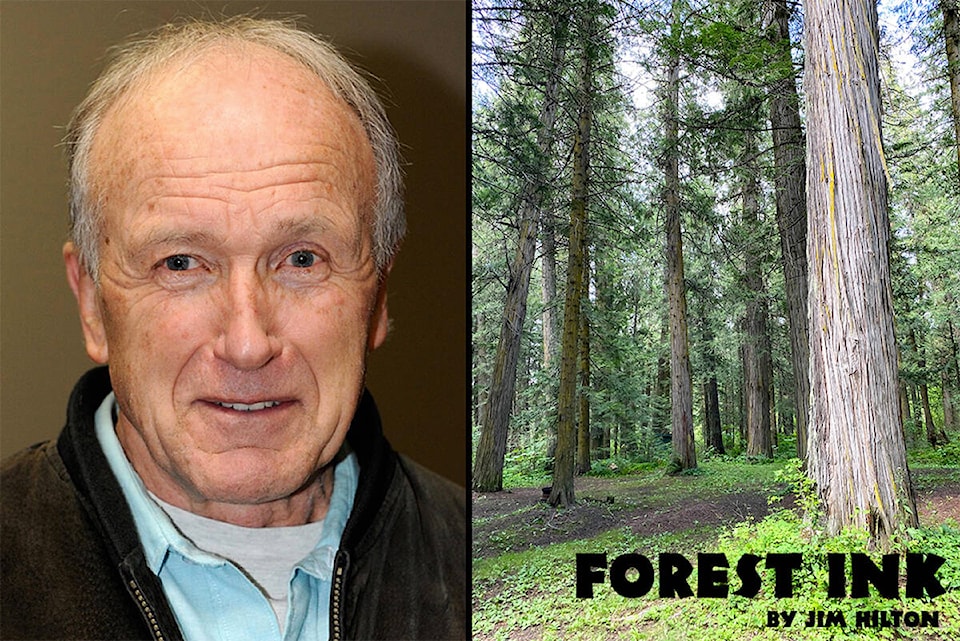On July 9, 2023 my article in Black Press Media summarized the Forest Practices Board (FPB) report including the six-step action plan. The first step was to foster public support which I attempt to do in this first article and then move on to the remaining steps which include the following: 2. Align legislation and policies. 3. Manage for shifting dynamics. 4. Develop funding models. 5. Achieve scale and 6. Building capacity and expertise.
FPB is calling for urgent action by the provincial government to reduce the risk of catastrophic wildfire and change how B.C.’s forests and landscapes are managed. The recent (June 29, 2023) 22-page report provides historical data and details on how we move forward.
What is required is a broader landscape fire management approach (LFM) which is a holistic approach to addressing forest fuel build-up and improving landscape resilience. “LFM recognizes the role of fire in B.C. ecosystems and is consistent with historical and expected future fire regimes and the diversity of fire frequency, size, and severity. The goals of LFM include wildfire risk reduction to protect important values and, through time, restore resilience to the landscape on all public lands. The time remaining to restore this resilience is rapidly shrinking. LFM embraces ecologically appropriate fuel management tools, including managed wildfire, prescribed burning, creation of fuel breaks, and stand-level fuel treatments.” The report stresses the need to include all levels of government, First Nations, industry and public interest groups.
It may be easier to foster public support if there was at least a rough draft of the other five steps listed above. I could recommend one reference that has helped me understand the process involved in making a paradigm shift in how we manage the damaged landscapes. “The Book of Wilding” by Isabella Tree and Charlie Burrrell is a 560-page book which describes the rewilding of a 1,400 hectare estate in West Sussex. Some of the examples they give will apply to our more urban areas but I think the principles also can be used in the LFM approach in our remote areas that have to be properly planned.
Trying to reach the public has changed considerably from the printed page of books and newspapers to the digital format in a wide variety of podcasts, YouTube or Facebook approaches. With respect to the B.C. wildfire topic I encourage readers review the June 29, 2023 FPB report for details on each of the six steps listed above. Some of the pictures and additional links are also valuable.
I hope to have information in a few weeks on the trip to Finland that occurred this fall by a number of local foresters.
I also took some time to review articles that I have written and have listed them below. Google “Forest Ink” and the title to access the articles which often provide additional links to similar material.
Black press articles : beavers, leave the best take the rest, recreation and human health, branch wood chips, ethanol from residual wood, planning by design, agroforestry, modernize BC forest policy, options for future wild fires, working with natures resilience,wildfires and resident animals, forest policy changes painfully slow, climate change mitigation by peatlands, funding critical for forest decarbonization, air current burners for wood waste, options for future wildfire program, options for fighting wildfires, the age on nature and carbon neutral agriculture.
